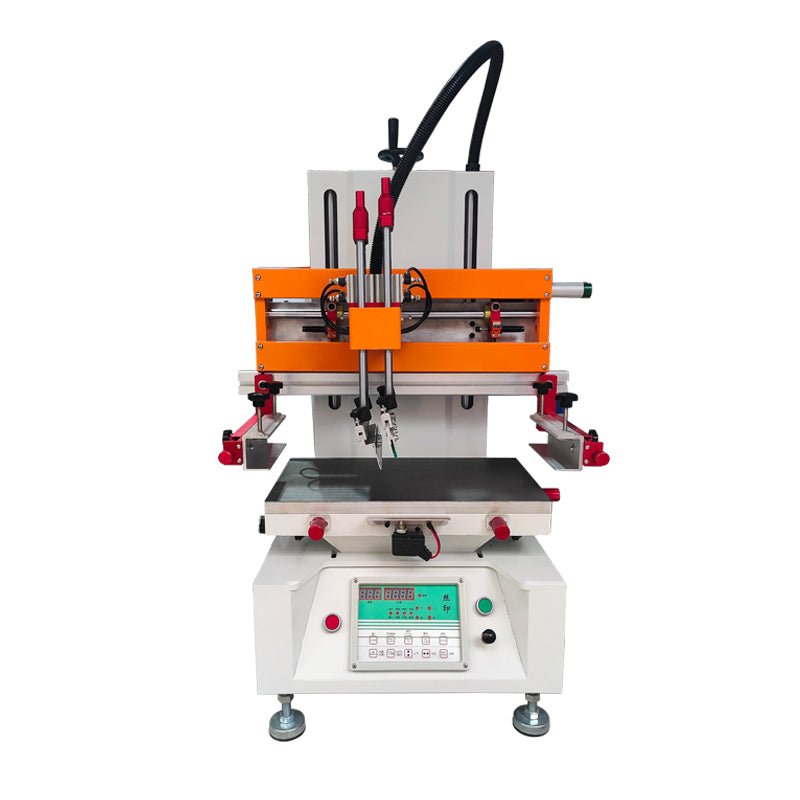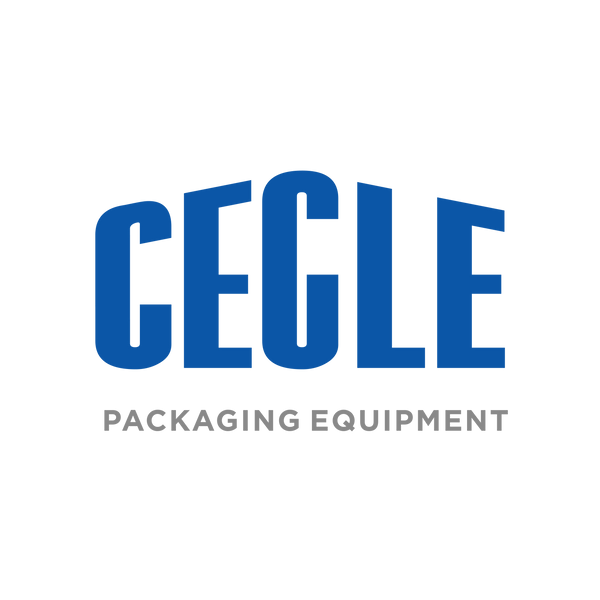
The benefits of using a semi-automatic flat screen printing machine
Share
The core advantage of using a semi-automatic flat screen printing machine is that it balances printing quality with cost flexibility. It avoids the instability of manual printing while eliminating the high investment required for fully automatic equipment, making it especially suitable for small-to-medium batch production or scenarios with frequent product changes.
1. More Stable Printing Quality, Lower Scrap Rate
Compared to manual screen printing (which relies heavily on operator experience), semi-automatic machines use mechanical structures to control key processes, significantly improving consistency.
- Precise Positioning: Equipped with workbench positioning devices (e.g., pneumatic clamps, locating pins) to ensure the substrate is placed in the same position every time, avoiding registration errors.
- Uniform Pressure: Squeegee pressure and speed are adjusted via mechanical or pneumatic systems, allowing parameter standardization. This solves issues like blurry patterns or missing prints caused by "uneven force" in manual operations.
- Reduced Human Error: Eliminates the need for manual control of squeegee direction and pressure, minimizing scrap caused by hand tremors, fatigue, or inexperience—ideal for printing fine patterns (e.g., circuit boards, electronic components).
2. Controllable Costs, Higher Cost-Effectiveness
Semi-automatic equipment is more friendly to small and medium-sized manufacturers in terms of initial investment and long-term maintenance, making it an ideal "transition option."
- Lower Equipment Cost: Typically priced at 1/3 to 1/5 of fully automatic screen printers. It does not require complex feeding or winding systems, reducing initial financial pressure.
- Simple Maintenance: With a more streamlined structure than fully automatic machines, wear parts (e.g., squeegees, screen frames) are easy to replace. No dedicated technicians are needed for long-term maintenance, cutting post-operation costs.
- Balanced Labor Costs: Only 1–2 operators are required (for loading, starting the machine, and unloading). This saves labor compared to manual printing, while avoiding the need for professional programmers or adjusters for fully automatic equipment.
3. High Flexibility, Adaptable to Multiple Scenarios
Semi-automatic machines do not rely on fixed production lines and can quickly adjust parameters to meet different printing needs—perfect for production models with multiple product types and variable batch sizes.
- Rapid Order Changeover: When switching substrates or adjusting printing parameters (e.g., pressure, speed, screen), no complex mechanical or program modifications are needed. Changeover usually takes 10–30 minutes, suitable for small-batch, multi-variety orders.
- Multi-Material Compatibility: Can flexibly print on various flat materials (e.g., paper, plastic, metal, glass, ceramics). Only the screen and ink need to be replaced, no core equipment changes required.
- Low Space Requirements: Most machines are compact (occupying approximately 1–2㎡ per unit) and do not need space for complex assembly lines, fitting well in limited workshops of small-to-medium factories.
4. Low Operation Threshold, Quick Mastery
No professional skills are needed to operate the machine, reducing staff training costs.
- Simple Operation: Most models feature intuitive control panels (e.g., buttons, touchscreens). The core process only involves three steps: load substrate → press start → unload finished product. New employees can usually operate independently within 1–2 days.
- Safety Assurance: Equipped with safety devices (e.g., emergency stop buttons, protective barriers) to prevent accidents caused by incorrect operations, lowering production risks.

